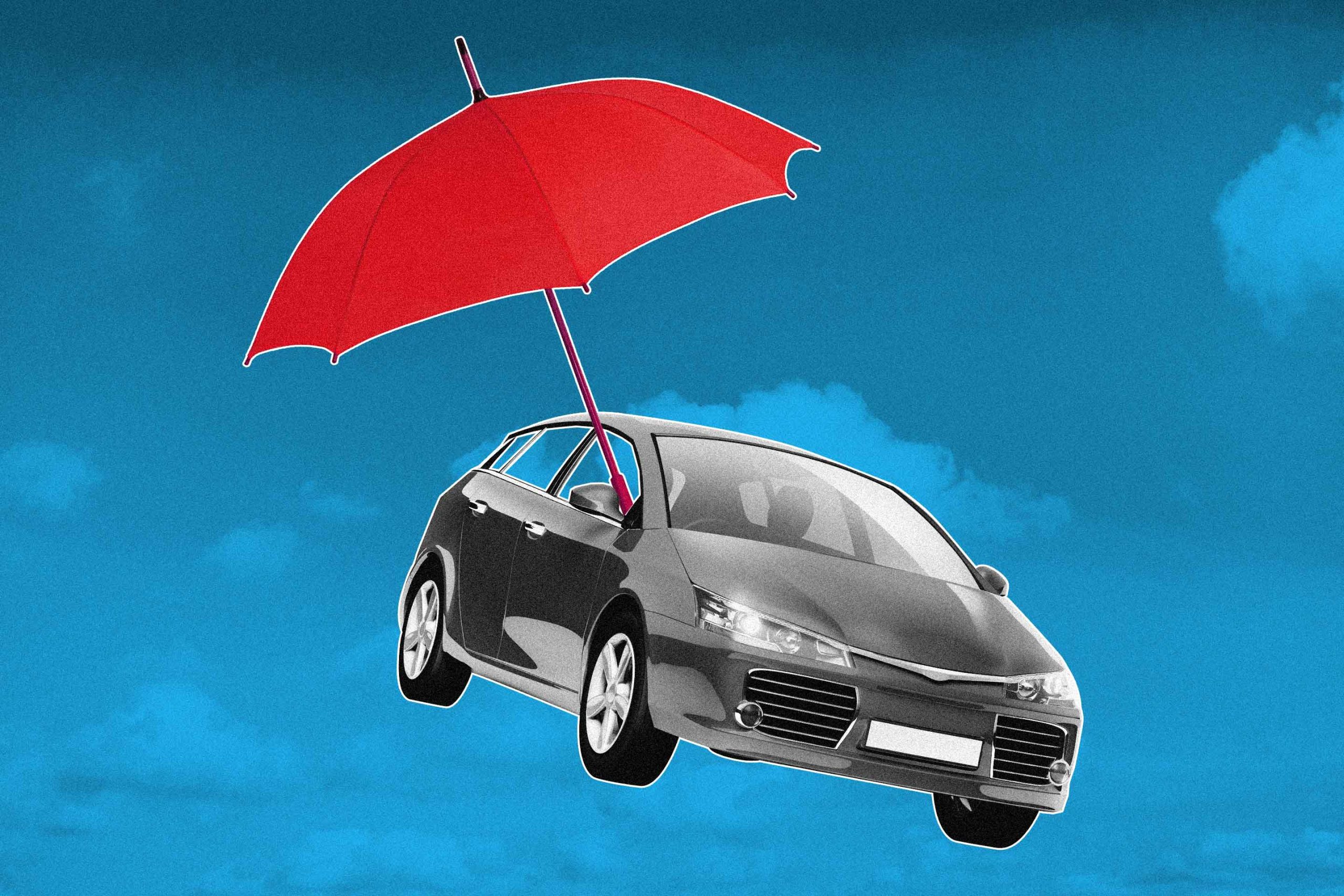Introduction
Auto insurance rates have been a topic of concern for many drivers recently. With premiums on the rise, individuals are left wondering why they are experiencing an increase in their insurance costs. In this article, we will delve into the factors contributing to these rising rates and explore the reasons behind them. From changes in the insurance industry to external factors like weather conditions and technological advancements, we will examine the various elements affecting auto insurance premiums.
Understanding the Increase

Many drivers have noticed a significant increase in their auto insurance premiums without a clear explanation from their insurers. Corey Richardson, a Progressive policyholder, experienced a $60 increase in his monthly premium without any accompanying reasoning. Cedrick Jones, another driver, has seen his insurance costs steadily rise over the years, even without making any claims. These personal anecdotes reflect a larger trend observed in the federal government’s Consumer Price Index, which reported a 20% 12-month percentage change for motor vehicle insurance in December 2023.
Factors Influencing Auto Insurance Rates
Regional Disparities
Auto insurance rates can vary significantly depending on the region and even specific zip codes within that region. Stephen Lovecchio, a veteran insurance agent in New Orleans, highlights that Orleans Parish, particularly zip code 70115, has the highest rates. This disparity in rates can be attributed to various factors such as population density, accident rates, and local insurance regulations.
Historical Trends
Over the past decade, auto insurance rates have seen a substantial increase. Lovecchio mentions that the average cost of a two-car full coverage policy has risen from $3,000 to over $5,000 per year. Furthermore, recent increases have been in the double digits, with an average of 15% across multiple carriers. These trends indicate a consistent upward trajectory in auto insurance premiums.
COVID-19 Impact
During the height of the COVID-19 pandemic, insurers actually decreased rates due to reduced driving activity. However, as people started hitting the roads again, there was an increase in accidents and subsequent claims. Lovecchio attributes this rise in claims to individuals forgetting how to drive and a surge in repair costs resulting from supply chain issues. The combination of more accidents and higher repair expenses has contributed to the recent surge in auto insurance rates.

Vehicle-related Factors
Various factors related to the vehicle itself can also influence insurance rates. Lovecchio clarifies that the color of a car does not determine its insurance premium; instead, factors such as age, type of vehicle, and country of origin come into play. American cars tend to have cheaper insurance rates for comprehensive and collision coverage due to the affordability of their parts compared to European cars. Additionally, technological advancements in newer vehicles have made repairs more expensive, further impacting insurance costs.
Weather Conditions
Weather conditions can have a significant impact on auto insurance rates, particularly in areas prone to heavy rainfall. Lovecchio mentions that frequent rain leads to slick roads, increasing the chances of accidents. Drivers who fail to exercise caution during inclement weather may find themselves involved in collisions, resulting in higher insurance premiums. The increased risk associated with adverse weather conditions is a contributing factor to the rise in auto insurance rates.
The Future Outlook
Looking ahead to 2024, there is little relief in sight for drivers expecting a decrease in their auto insurance rates. Lovecchio suggests that stabilization is still needed, with carriers continuing to implement rate increases. While some carriers may be more aggressive than others, the overall trend indicates that premiums will likely remain high in the near future.
Conclusion
The reasons behind rising auto insurance rates are multifaceted. From regional disparities and historical trends to the impact of COVID-19 and vehicle-related factors, there are several factors at play. While drivers may feel frustrated by the lack of transparency from their insurers, understanding these contributing factors can provide some insight into the rise in premiums. As the insurance industry navigates the challenges posed by evolving circumstances, it is crucial for drivers to stay informed and explore options to mitigate the impact of these increasing costs.
Additional Information: It is important for drivers to regularly review their insurance policies, compare rates from different insurers, and take advantage of any available discounts or incentives. Additionally, maintaining a clean driving record, practicing safe driving habits, and considering the type of vehicle when making a purchase can all contribute to potentially lowering insurance premiums.
